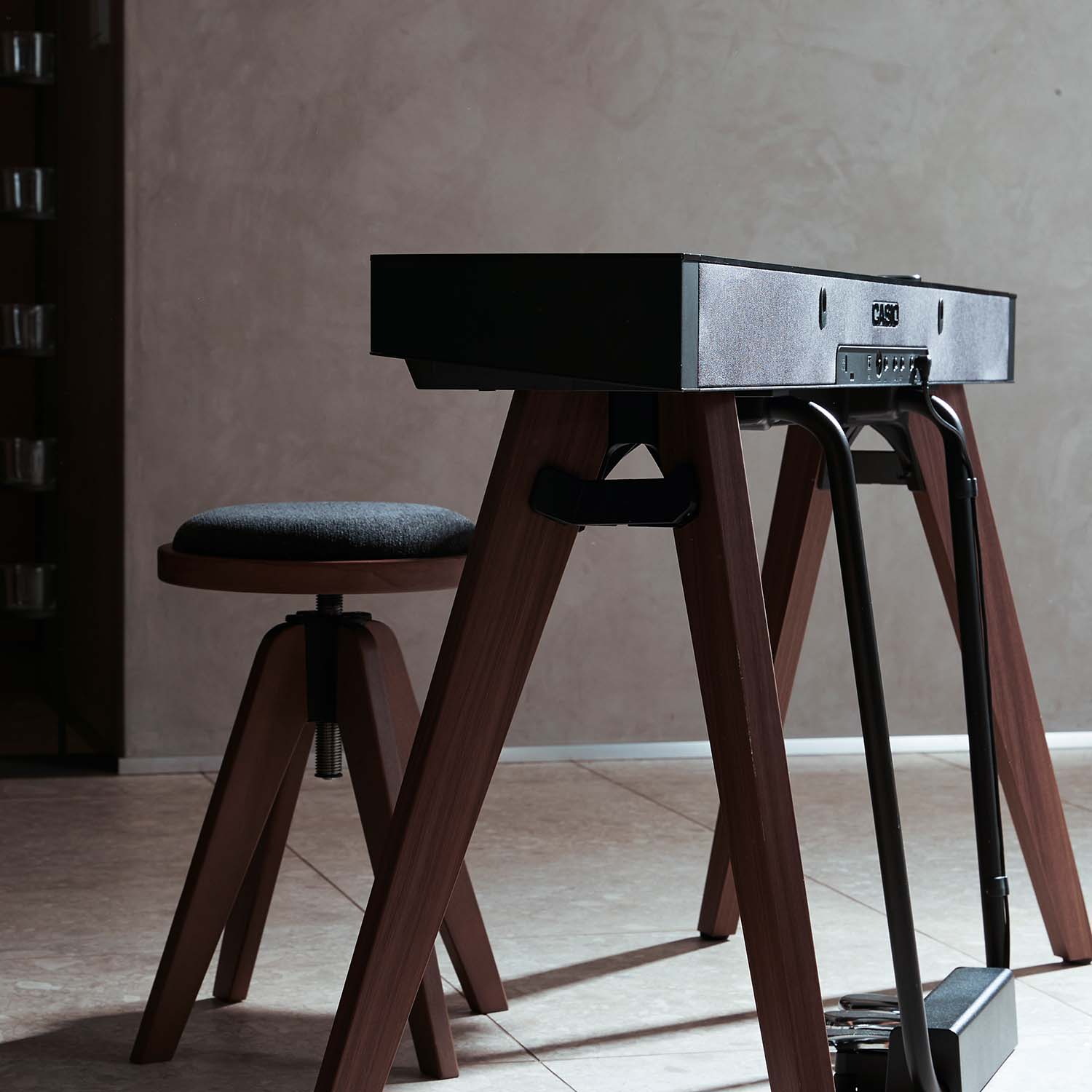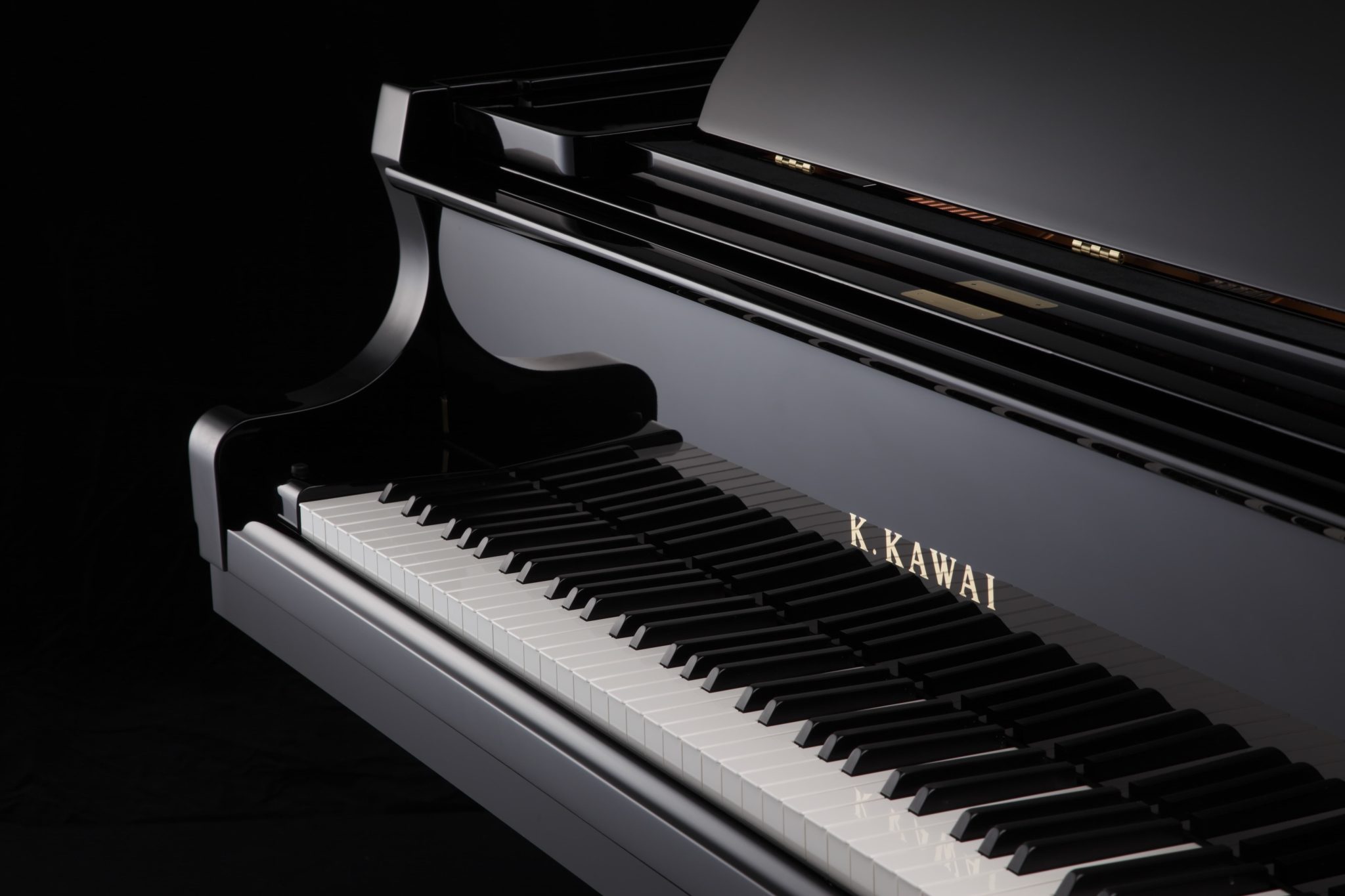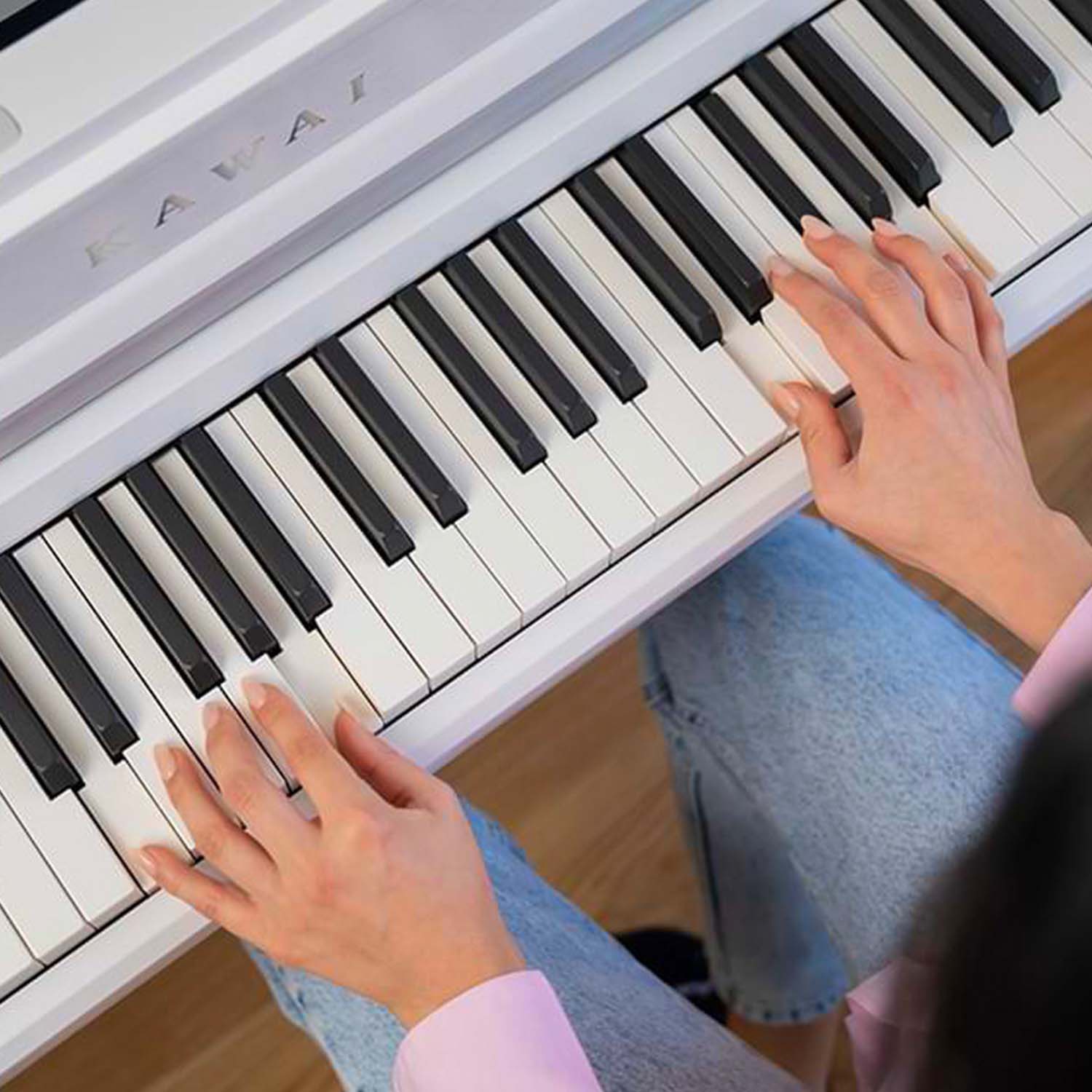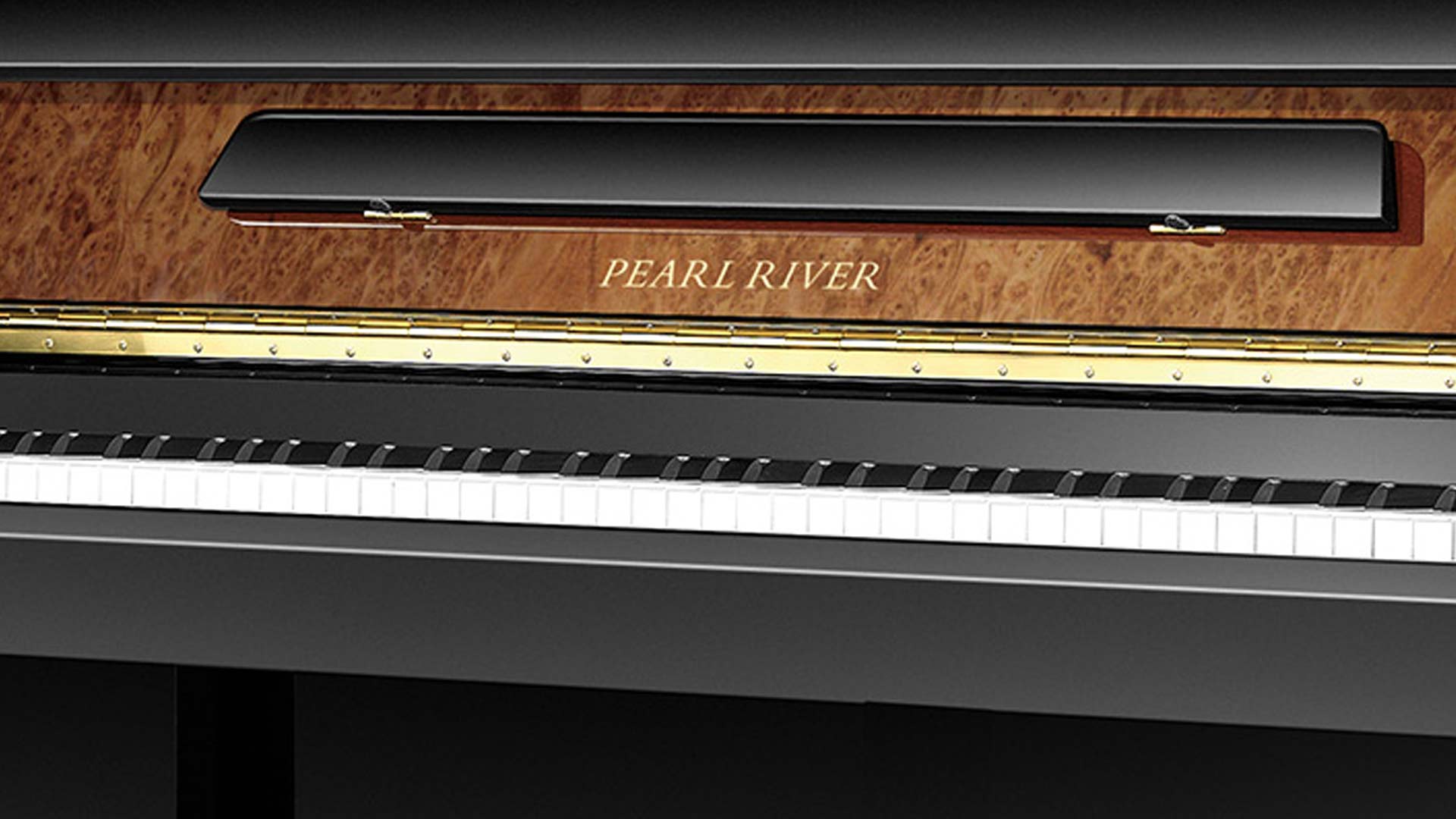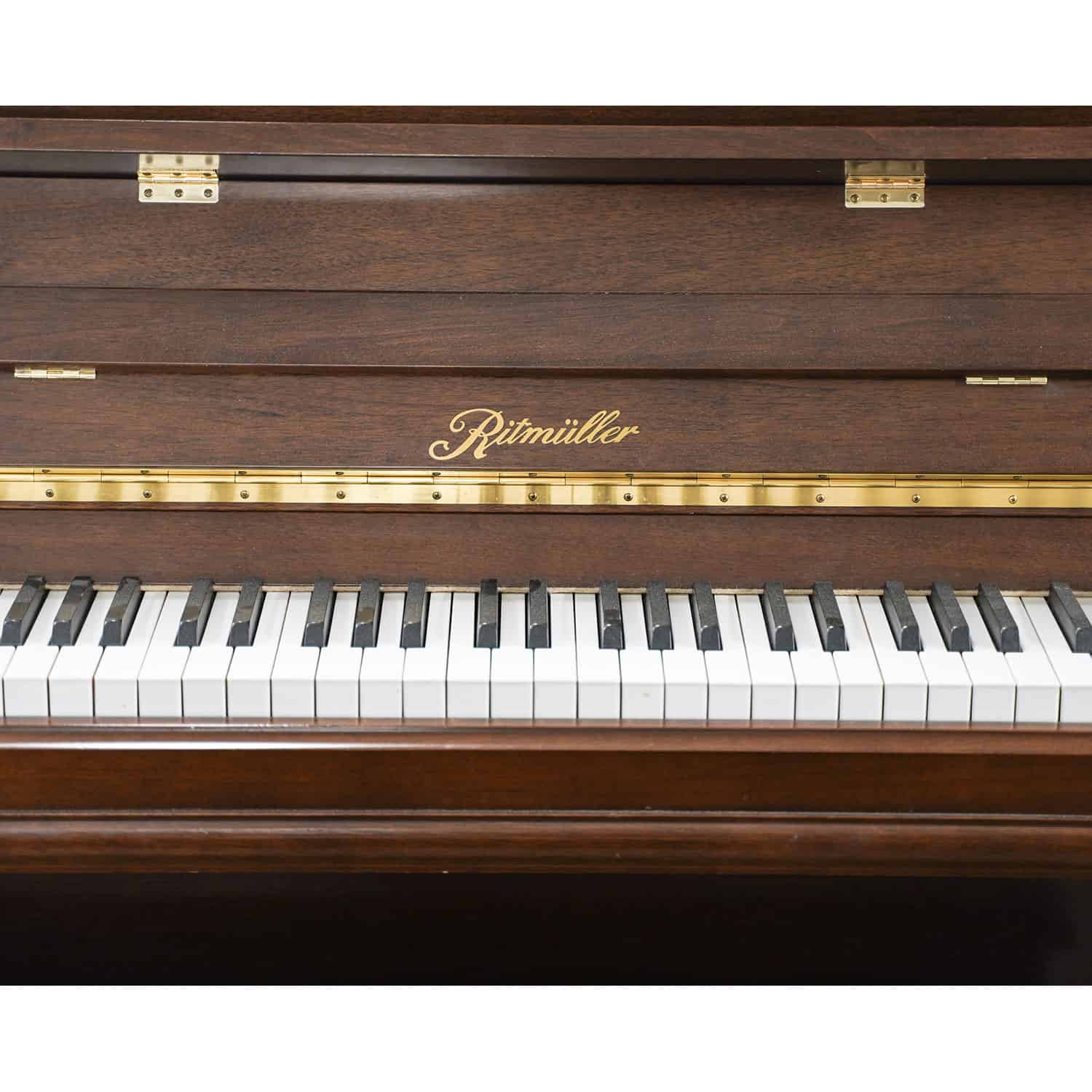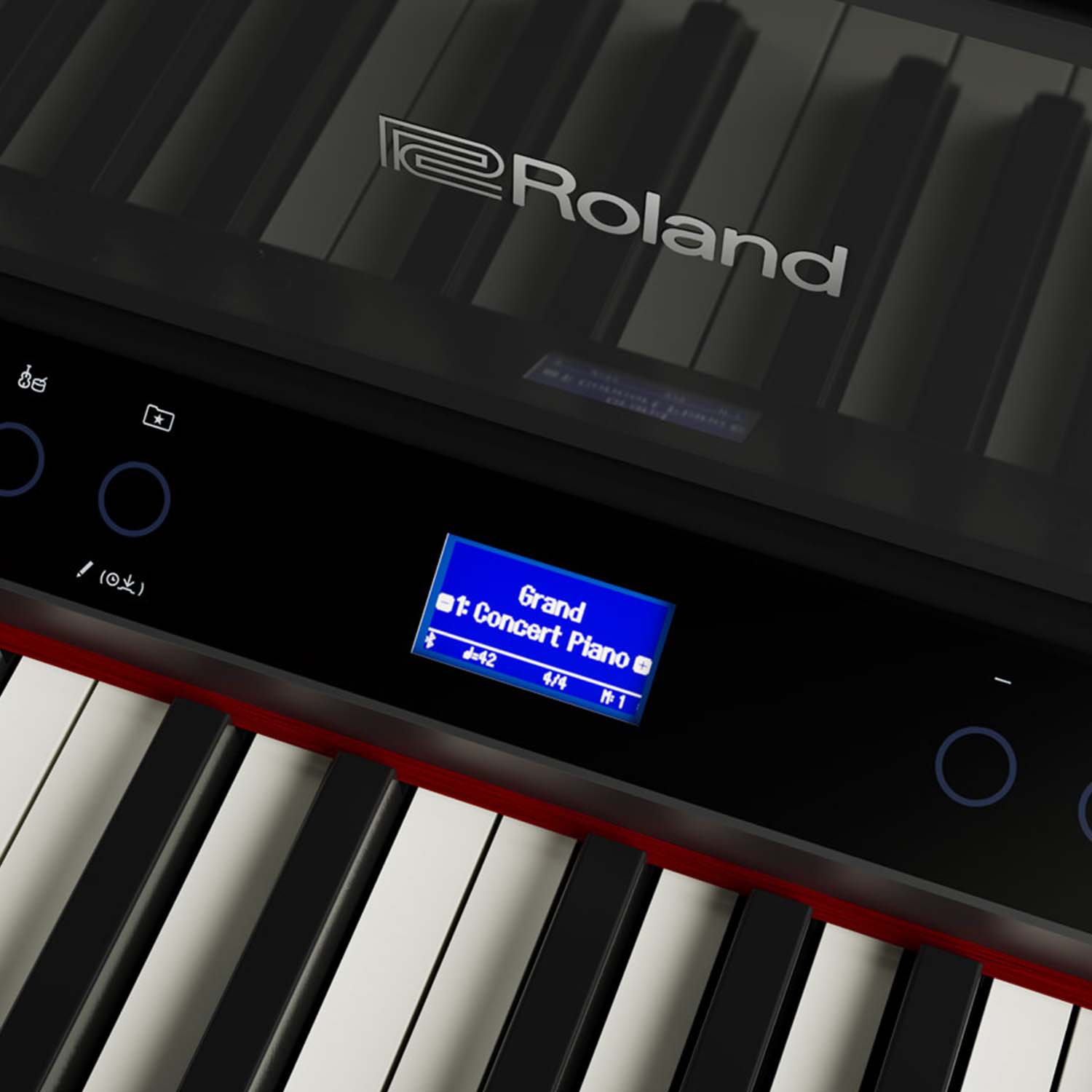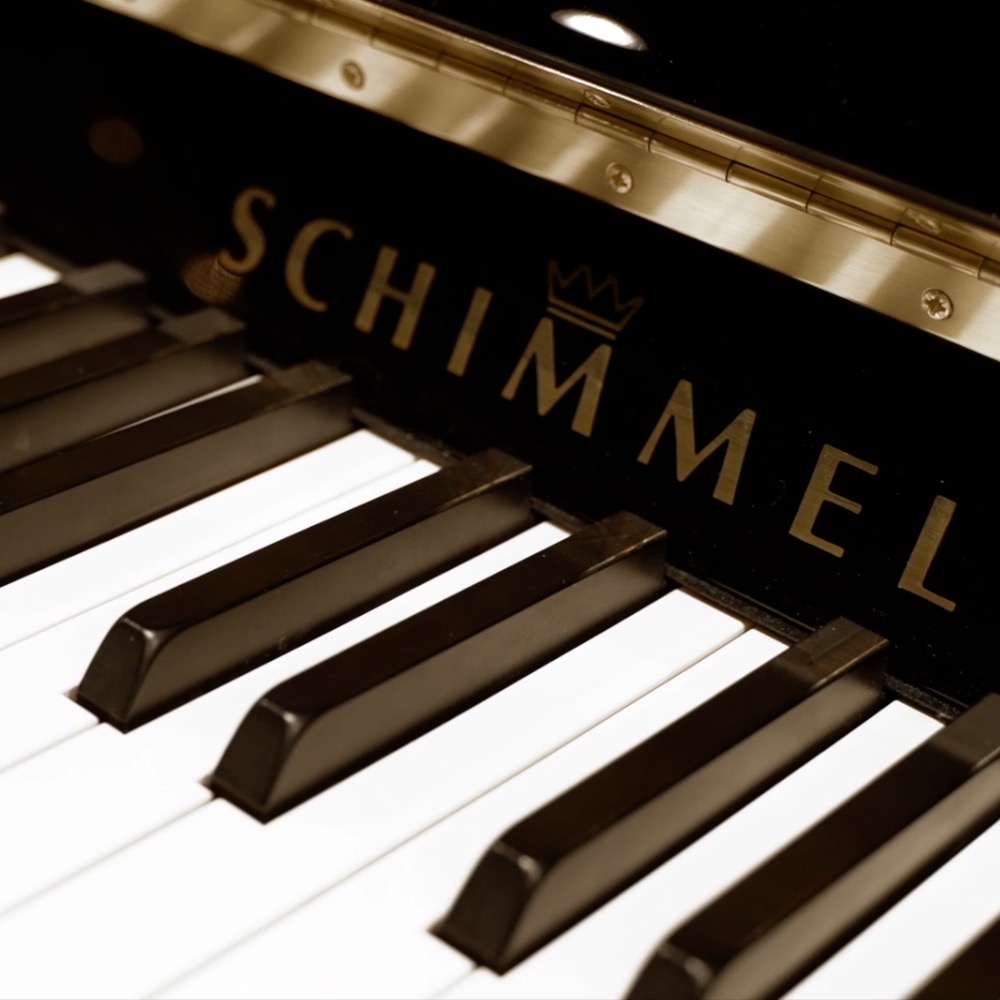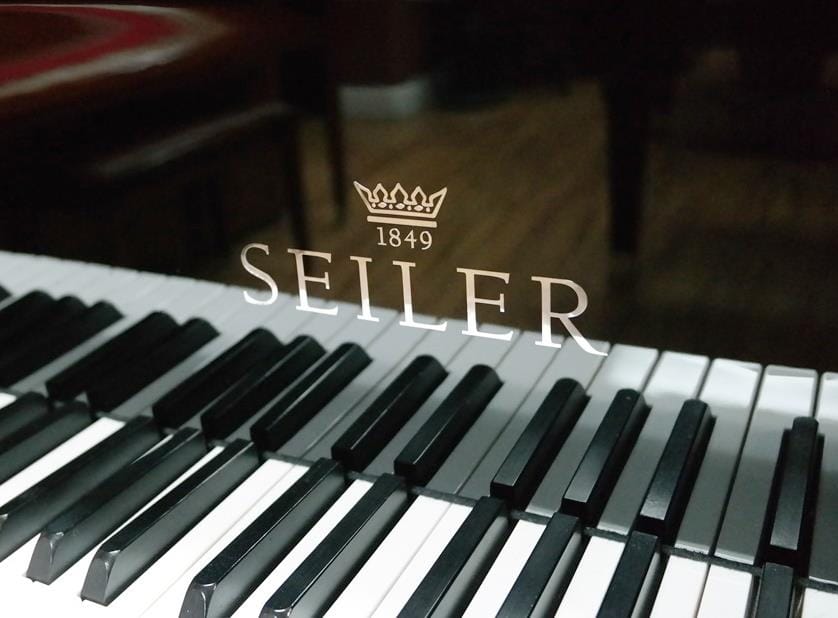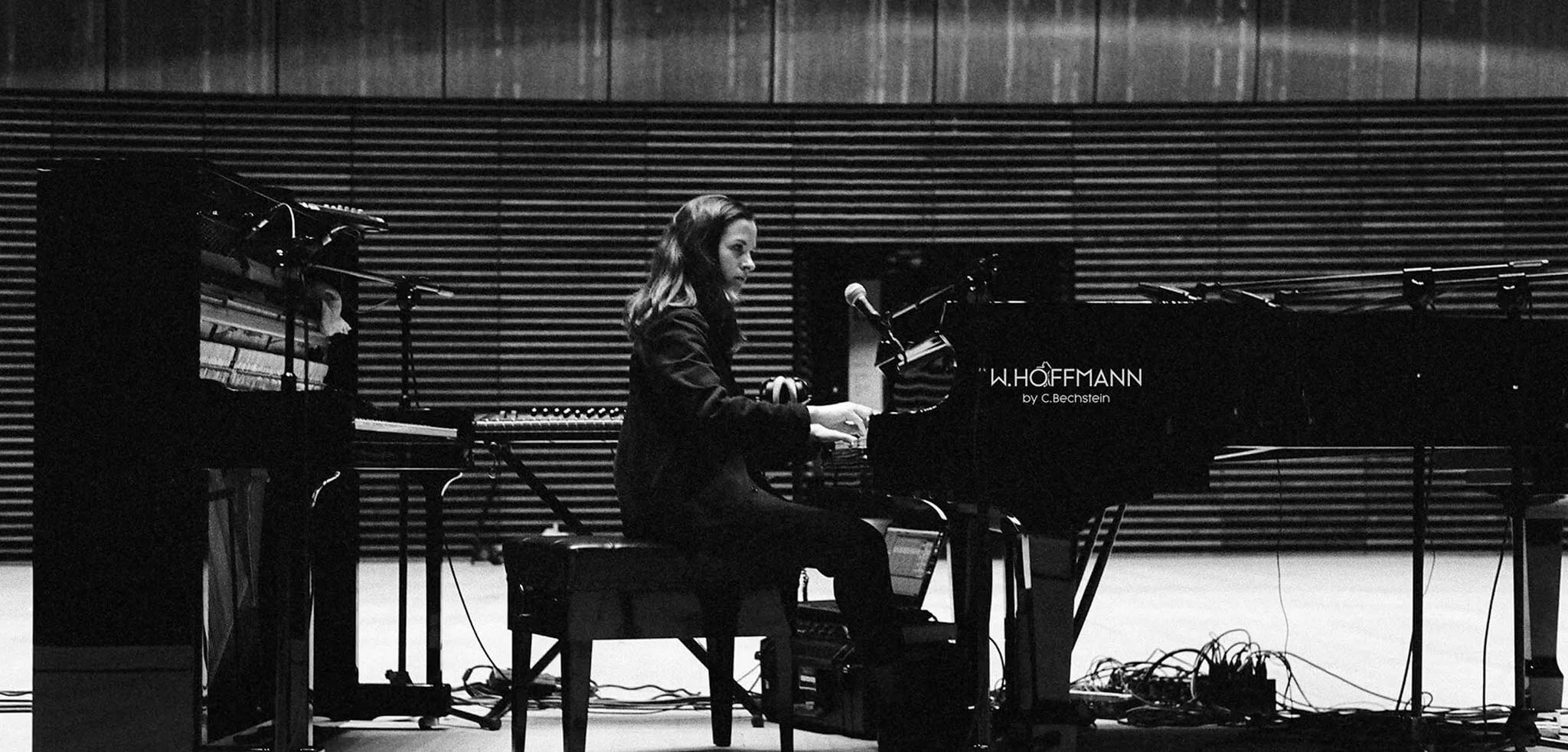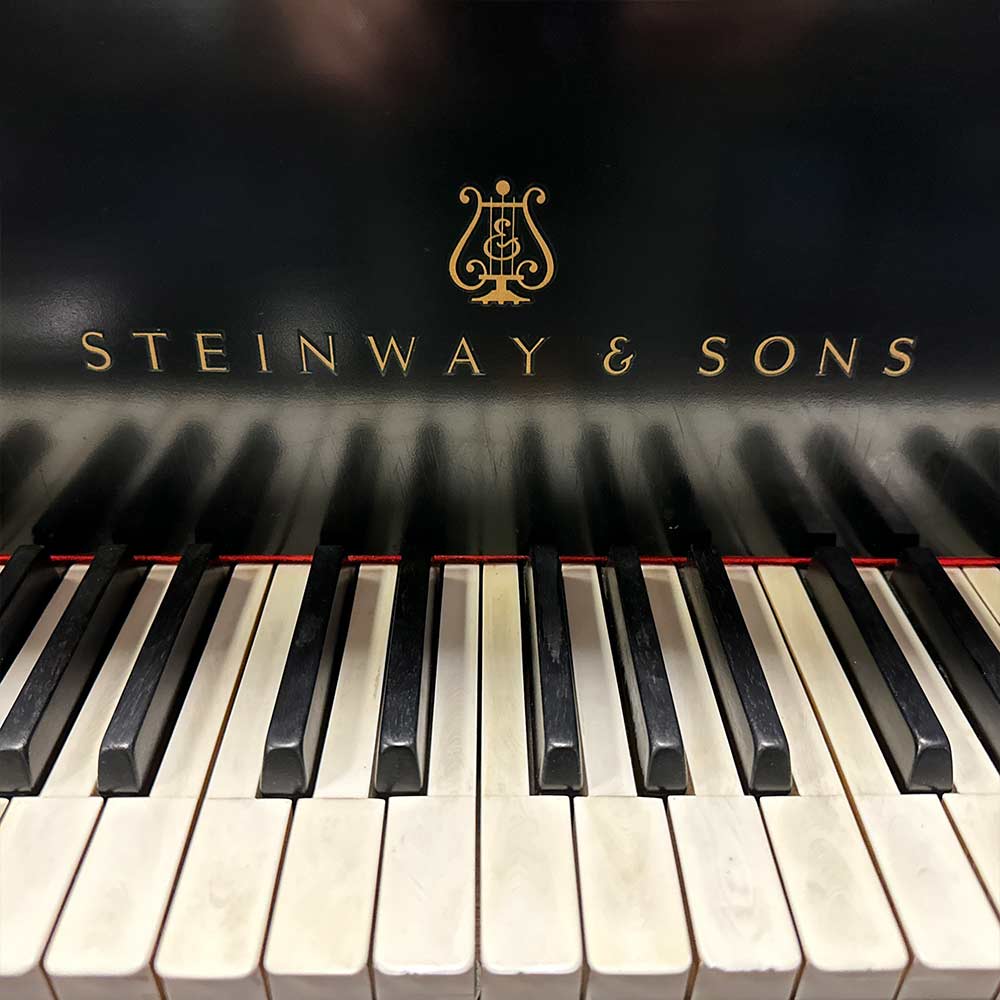🎹Shigeru Kawai: 10 Interesting Facts About Shigeru Kawai Pianos🎹
Introduction
Shigeru Kawai pianos are a part of a very rare breed of piano, consistently making many ‘Top-10’ lists annually for the finest musical instruments available. The project was started by the Kawai Corporation’s second president, Shigeru Kawai, and the goal was ambitious: create the premier piano of Japan, capable of competing with the very best from Europe.
Started in the early 1970’s, the company first started stock-piling wood before any designs were even on the drawing board. A generation later, only a few thousand Shigeru Kawai’s have been produced, and each one is individually marked and recorded at the small shop where they are created. In fact, there are little more than a dozen highly-trained artisans who build Shigeru Kawai’s, and each builder is responsible for his own pianos, signing and taking personal ownership of the final product – a profound expression of pride.
The pianos are known for their selection of the finest materials, their impeccable attention to detail in their meticulous handcrafted assembly, and a range of tone and dynamics that very few pianos can compete with. Founder Koichi Kawai would surely be proud.
Shigeru Kawai – 10 Interesting Facts About Shigeru Kawai Pianos Review Video Transcription
The Shigeru Kawai grand piano series is the very top musical product that Kawai produces. Over the years, the Shigeru Kawai series has essentially functioned as a testbed for various experimental piano building techniques and new technology, with a gradual trickle-down effect wherein features pioneered in the Shigeru pianos have ended up throughout the entire Kawai musical instrument lineup.
The series consists of:
In this article, we’ll be looking at 10 interesting facts you might not know about these superb instruments.
Fact #1: The Rim

The rim of any grand piano has several roles to play, including tonal projection, the stability of construction, the stability of tuning, and overall durability/longevity of the piano as a whole. How the rim is produced in conjunction with the woods selected for the construction are vitally crucial to the final tonal and structural results the piano is capable of producing.
When building a rim, typically multiple layers of various woods are glued together, and before the glue settles, the rim is placed inside a large rim press and bent into shape. With the Shigeru rims, rather than following this typical process, Kawai instead uses steam to individually create the necessary curves in the laminations to ensure that the wood fibers remain as natural as possible.
Fact #2: The Wood/Soundboard

Kawai uses solid spruce for the soundboards for all of their pianos, but with the SK-7 and SK-EX, they use select Ezo spruce from a small remaining stockpile. The process used to dry this spruce truly defies all economic sense; rather than using kilns or any other accelerating drying methods whatsoever, this spruce is dried in open air dry racks for well in excess of 5 years before the wood is worked with at all. This ensures maximum stability in a variety of climate conditions and greatly reduces the possibility of the wood splitting. Very few companies engage in a process this time-consuming.
Fact #3: The Bridges

The bridges in the Shigeru Kawai pianos, according to several Kawai insiders, are essentially reproductions of the Hamburg Steinway bridge design. This isn’t something you’ll find in a press release, but unofficially, this happens to be the case as the Hamburg Steinway bridge design is viewed by many as the absolutely optimal way to design a bridge.
These bridges are vertically laminated and utilize a variety of different woods. Where Shigeru again stands among only very few manufacturers, is that they feature a different wood for the treble bridge cap from the mid and bass ranges. Shigeru’s use boxwood in the treble bridge due to the immense amount of string tension in the treble bridge. Maple is used in the mid and and bass range.
Fact #4: Double Duplex Scaling
Another interesting thing about Shigeru’s is the use of double duplex scaling, which means not only a duplex length on the back of the bridge but also a duplex length on the front of the piano as well, just in front of the capo. This results in an incredibly colourful treble range. Often, even with super expensive pianos, the upper treble can sound a bit ‘noisy’, meaning uncontrolled or out of tune harmonics, and a hue of white noise surrounding the fundamental pitch. Utilizing the double duplex and managing the avoid this pitfall truly speaks to the precision these pianos are built with.
Fact #5: Keystick Length

It’s fairly common knowledge that the Shigeru’s feature Kawai’s famous Millenium III Carbon Fiber action equipped with Shiko Seion hammers, an action originally designed specifically for the Shigeru’s which has now trickled down all throughout Kawai’s lineup.
What’s not so common knowledge is what Kawai has done with the keystick lengths; every Shigeru Kawai, from the SK-2 to the SK-7, has the exact same keystick length as the 9 foot SK-EX concert grand. What advantage does this give? Well for concert level pianists, having a 6 foot piano in the home that can approximate quite closely the feel of a 9 foot concert grand is of course hugely advantageous. For everyone else, the extended keystick reduces the difference in repetition speed and the sense of weight between the front of the key and the back of the key. This means, these actions are much easier to play on any part of the key.
Fact #6: How the Action is Prepared
Again, it’s fairly common knowledge that Kawai actions across the entire line come directly out of the factory very well prepped and regulated. It remains mostly an unknown however how Kawai achieves this.
Every piano action utilizes a pounding machine that piano actions are placed inside of prior to installation, where the keys are played over and over again to break them in. An average traditional piano action typically has a lifespan of about 1 million, to 1.3 million strikes before the action disintegrates. With a Shigeru action, each key is played several hundred thousand times in the pounding machine prior to installation to ensure that it is thoroughly worked in and regulated dozens of times throughout this process. Due to the carbon fiber action, the lifespan vastly exceeded the 1-1.3 million limit of a traditional action, which allows Kawai to work the action into this extreme degree.
Fact #7: The Finishing Touches
There are several walls at the Shigeru Kawai factory adorned by plaques. Each plaque has a name, location and year. The name’s on these plaques are every single owner of a new Shigeru Kawai piano, which the Shigeru Kawai Master Piano Artisans take great pride in. This connection between the builder and end user is a true rarity in our industrial, globalized world, and serves as a motivation for the pursuit of perfection with every Shigeru.
Fact #8: Master Piano Artisan Connection
Not only will the person who put the piano together know the name of the buyer, but the buyer will know the name of the craftsman as well. Each Shigeru Kawai piano comes with a certificate with a signature and short biography on the specific Master Piano Artisan (MPA) who was responsible for overseeing that particular instruments craftsmanship, from beginning to end.
Fact #9: Batch Made
Due to the precise and time-consuming nature of these instruments, only a couple of hundred Shigeru Kawai pianos are built each year. Rather than constructing all of the different models at once, Shigeru’s are built in single batches, as an attempt to maintain focus and uniformity. Rather than scattering attention, the entire team is focused on the exact same intention throughout the entire process.
Fact #10: Visit from Piano Artisan
One of the Master Piano Artisans involved in the building of the Shigeru’s will actually visit each individual owners’ home within one year of purchasing a Shigeru to service the instrument for an entire day. There is no other manufacturer who offers this service standard with every purchase, and further serves as a powerful symbol of unending devotion each MPA has towards their craft. This varies from market to market based on the availability of the MPA’s, but it’s certainly something all of our Shigeru customers here at Merriam Music are fortunate to experience.
Conclusions
All in all, Shigeru Kawai pianos are some of the best value instruments available on the market with each one totaling more than the sum of its parts, and nevermind dollar for dollar, these are definitely some of the finest pianos you can sit down and play – truly a work of uncompromising craftsmanship. Please feel free to make an appointment at one of our piano showrooms if you’d like to try one!


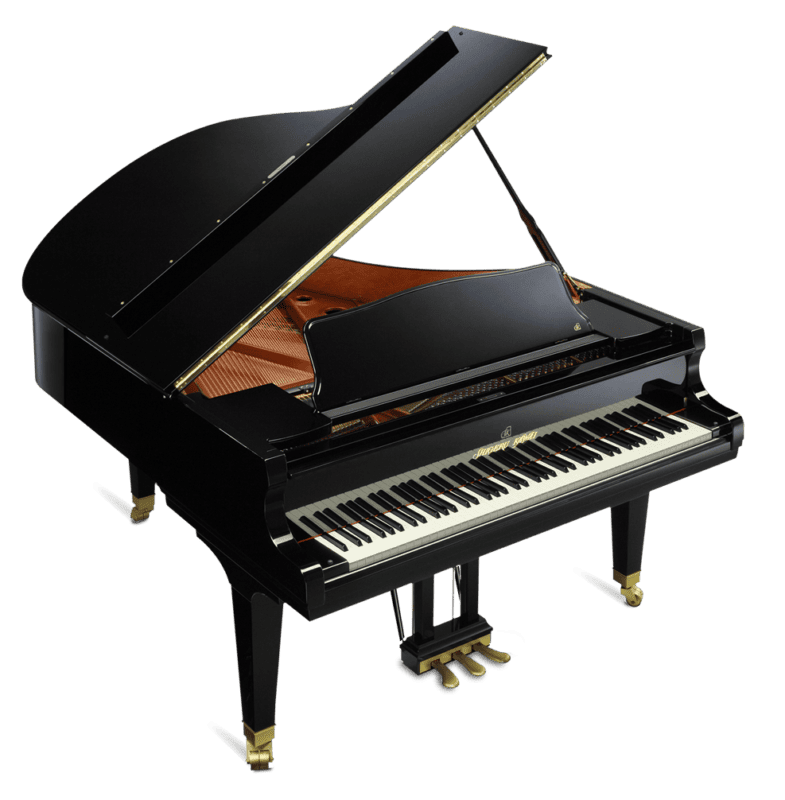

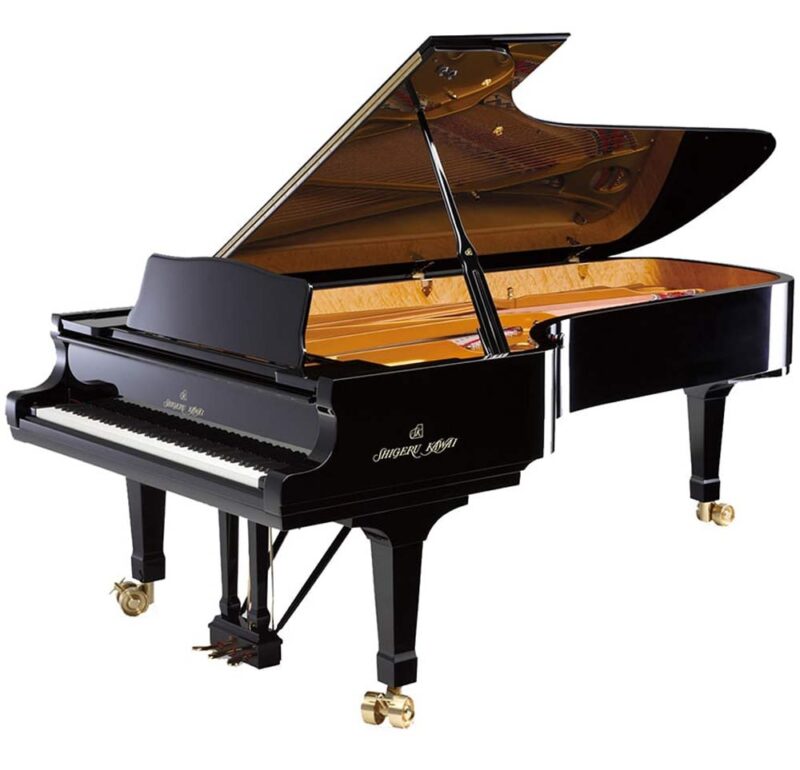
 The Concept
The Concept

